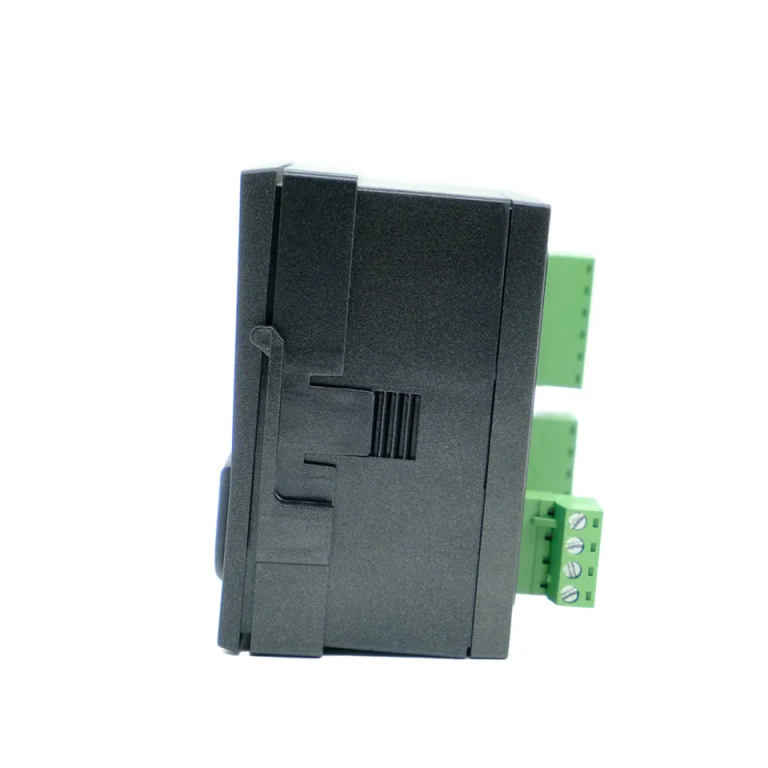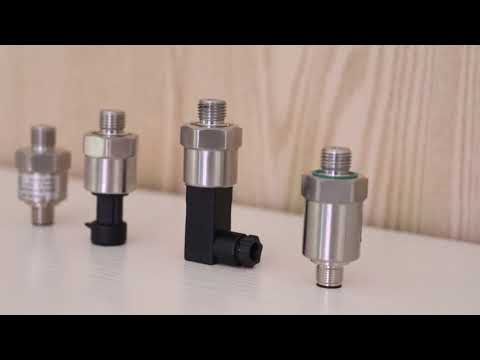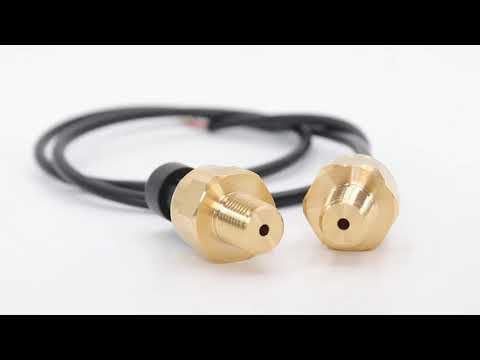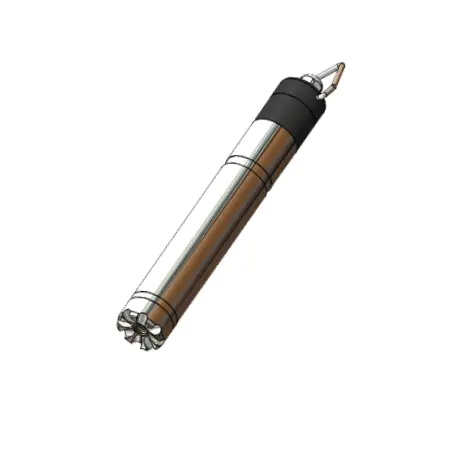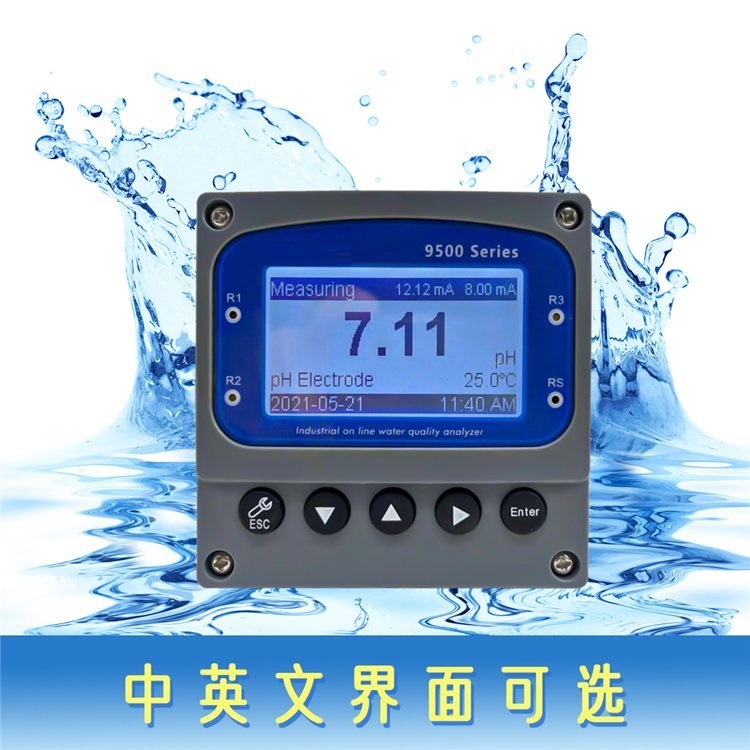Benefits of Using a Conductivity Transmitter Unit in Industrial Processes
In industrial processes where monitoring and controlling conductivity levels are crucial, a conductivity transmitter unit plays a vital role. This device is designed to accurately measure the conductivity of a liquid or solution and transmit this data to a control system for analysis and adjustment. There are several benefits to using a conductivity transmitter unit in industrial processes, including improved efficiency, accuracy, and cost-effectiveness.
One of the key benefits of using a conductivity transmitter unit is the improved efficiency it provides in industrial processes. By continuously monitoring conductivity levels, operators can quickly identify any deviations from the desired range and take immediate corrective action. This proactive approach helps to prevent costly downtime and production delays, ensuring that operations run smoothly and efficiently.
Additionally, a conductivity transmitter unit offers greater accuracy in measuring conductivity levels compared to manual methods. These devices are equipped with advanced sensors and electronics that provide precise and reliable measurements, even in harsh industrial environments. This high level of accuracy allows operators to make informed decisions based on real-time data, leading to improved process control and product quality.
| CCT-5300 | |||||
| Constant | 10.00cm-1 | 1.000cm-1 | 0.100cm-1 | 0.010cm-1 | |
| Conductivity | (500\\uff5e20,000) | (1.0\\uff5e2,000) | (0.5\\uff5e200) | (0.05\\uff5e18.25) | |
| \\u03bcS/cm | \\u03bcS/cm | \\u03bcS/cm | M\\u03a9\\u00b7cm | ||
| TDS | (250\\uff5e10,000) | (0.5\\uff5e1,000) | (0.25\\uff5e100) | \\u2014\\u2014 | |
| ppm | ppm | ppm | |||
| Medium Temp. | (0\\uff5e50)\\u2103\\uff08Temp. Compensation : NTC10K\\uff09 | ||||
| Accuracy | Conductivity: 1.5%\\uff08FS\\uff09 | ||||
| Resistivity: 2.0%\\uff08FS\\uff09 | |||||
| TDS: 1.5%\\uff08FS\\uff09 | |||||
| Temp.:\\u00b10.5\\u2103 | |||||
| Temperature compensation | (0\\uff5e50)\\u2103\\u00a0with 25\\u2103 as Standard | ||||
| Analog Output | Single isolated(4\\uff5e20)mA\\uff0cinstrument/transmitter for selection | ||||
| Control Output | SPDT relay, Load capacity : AC 230V/50A(Max) | ||||
| Power Supply | CCT-5300E : DC24V | CCT-5320E : AC 220V\\u00b115% | |||
| Working Environment | Temp.\\u00a0(0\\uff5e50)\\u2103\\uff1bRelative Humidity\\u00a0\\u226485%RH(none condensation) | ||||
| Storage Environment | Temp.(-20\\uff5e60)\\u2103; Relative Humidity\\u00a0\\u226485%RH(none condensation) | ||||
| Dimension | 96mm\\u00d796mm\\u00d7105mm (H\\u00d7W\\u00d7D) | ||||
| Hole Size | 91mm\\u00d791mm (H\\u00d7W) | ||||
| Installation | \\u00a0Panel mounted, fast installation | ||||
Another advantage of using a conductivity transmitter unit is the cost-effectiveness it offers in industrial processes. By automating the monitoring and control of conductivity levels, companies can reduce the need for manual labor and minimize the risk of human error. This not only saves time and resources but also helps to optimize production processes and minimize waste. In the long run, investing in a conductivity transmitter unit can lead to significant cost savings and improved profitability for industrial operations.
Furthermore, a conductivity transmitter unit is easy to install and integrate into existing control systems, making it a convenient and practical solution for industrial applications. These devices are designed to be user-friendly and require minimal maintenance, allowing operators to focus on other critical tasks. With remote monitoring capabilities, operators can access real-time data from anywhere, providing greater flexibility and control over industrial processes.

In conclusion, the benefits of using a conductivity transmitter unit in industrial processes are clear. From improved efficiency and accuracy to cost-effectiveness and convenience, these devices offer a range of advantages that can help companies optimize their operations and achieve better results. By investing in a conductivity transmitter unit, companies can enhance their process control capabilities, increase productivity, and ultimately, improve their bottom line.

